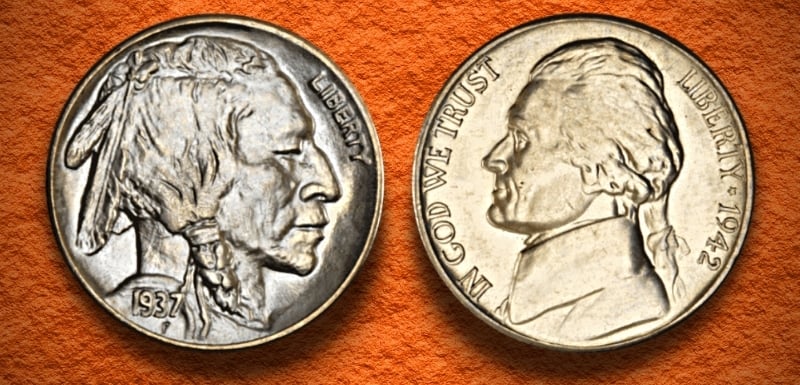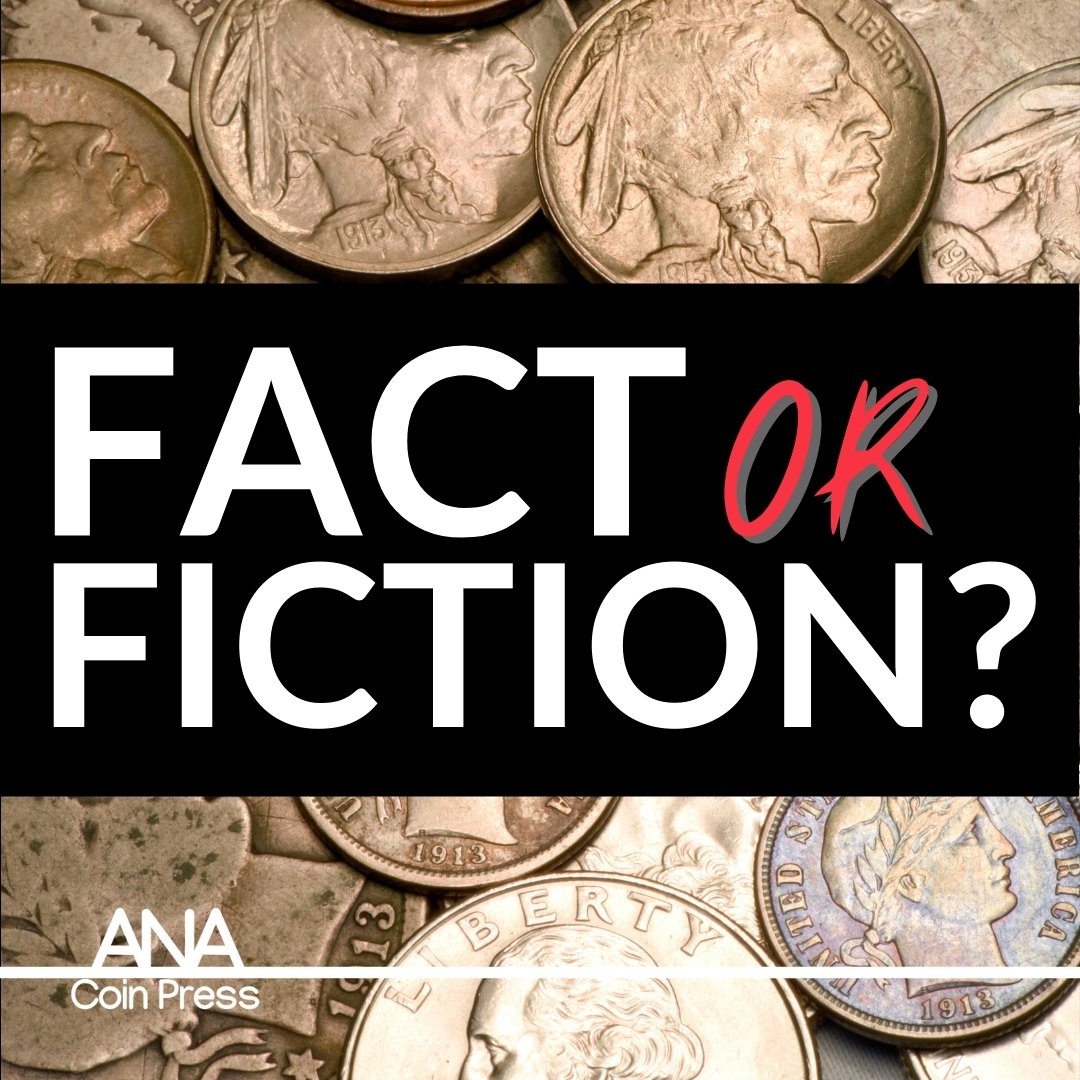Four Popular Misconceptions About Coin Collecting
Most people are generally aware that coin collecting exists as a hobby, but there are a number of misleading misconceptions surrounding this centuries-old avocation. These misconceptions are perhaps driven by a lack of inclusion in mainstream media, or the daunting moniker declaring the pastime the “hobby of kings.” Whatever the reason, a few misunderstandings exist among the general public when it comes to numismatics. In this post we’ll do our best to demystify the fun and accessible pursuit of coin collecting by debunking four predominant misconceptions.
1. Coin collecting is expensive.
If you’ve ever seen a story about a coin in the news, it’s probably been about a six, seven, or even eight-figure piece. Even if you realize those are outliers, it’s not uncommon to walk into a coin shop and find that many coins on display are $1,000 or more. This can suggest that one must possess thousands of dollars of disposable income to start collecting, but that just isn’t the case.
You can start collecting for extremely little money. In fact, if you focus on a series that’s still in circulation (for example, Jefferson nickels), you can start a collection just by looking through your change or getting rolls at the bank for face value. And, any set can also be scaled as your economic situation changes; if you come into a larger budget, you can buy higher grade pieces and key dates (dates and/or mint mark combinations that are harder to obtain). If your budget decreases, you can change focus to something less expensive or buy lower-grade pieces.

▲ Many Buffalo and Jefferson nickels are relatively easy to find and inexpensive to collect.
2. TV sellers are an economical source for coins.
You may be familiar with shows on “Shop from Home” networks in which bubbly hosts spend the hour talking about fantastic, can’t-miss deals on silver eagles or St. Gaudens double eagles. Such infomercials are sometimes the only exposure to coin sales that budding hobbyists encounter. And, of course, most buyers are apt to consider these sales as good a resource as others when it comes to building their collections.
While TV sales offer a lot in the way of convenience, it’s important that collectors know it often comes with a higher price tag. In most cases, it is possible to find coins of similar quality at lower prices from a local dealer or at a coin show. If something being sold on these platforms tickles your fancy, make a note, and do a little research before you commit. You might be surprised by how much money you may be able to save. In the end, it’s up to you, the consumer, to arm yourself with information and choose an option that best suits your budget and needs.
-1.jpg?width=325&name=collector%20(1)-1.jpg) 3. Coin collecting is a dying hobby.
3. Coin collecting is a dying hobby.
Because many collectors attracted to the hobby are retired, it can give the impression that collecting coins is unappealing to younger generations. This is not, however, an accurate assumption. Interest in coin collecting has exploded over the last year or two, and many more young collectors are starting to enter the picture.
This demographic is less visible because many young collectors don’t have the resources to buy high-profile coins or travel to coin shows… yet! A large percentage of retired collectors re-enter the hobby after being interested as a kid. And the number of young people involved on social media and in local circuits suggest that the collector population will have no problem refreshing itself over the years.
4. You can find a million dollar coin in your pocket change.
There are plenty of ‘get rich quick’ articles online highlighting a few modern rarities that can, theoretically, be found in pocket change. These can be fun to hunt for, but the chances of finding one are extremely low. It’s also important to understand the nuances that set the rarities apart from common types of the same year and denomination. For example, a regular, circulated 1969 S penny is very different from an Mint State 1969 S doubled die penny in mint state condition, and you have to be able to tell the difference before trying to do any serious cherrypicking. [Download Treasures in Your Pocket, the FREE eBook from the American Numismatic Association that teaches readers how to find collectible coins in their spare change.]
Hopefully this article has helped to dispel some common misconceptions around coin collecting. To learn more, be sure to watch the ANA Video Vignette, “Coin Collecting Misconceptions.”
Thanks for reading, and happy collecting!
About the American Numismatic Association
The American Numismatic Association (ANA) is a nonprofit organization dedicated to educating and encouraging people to study and collect coins and related items.
The ANA helps the collecting community and general public discover and explore the world of money through its vast array of educational programs including its museum, library, publications, conventions and numismatic seminars and webinars.


